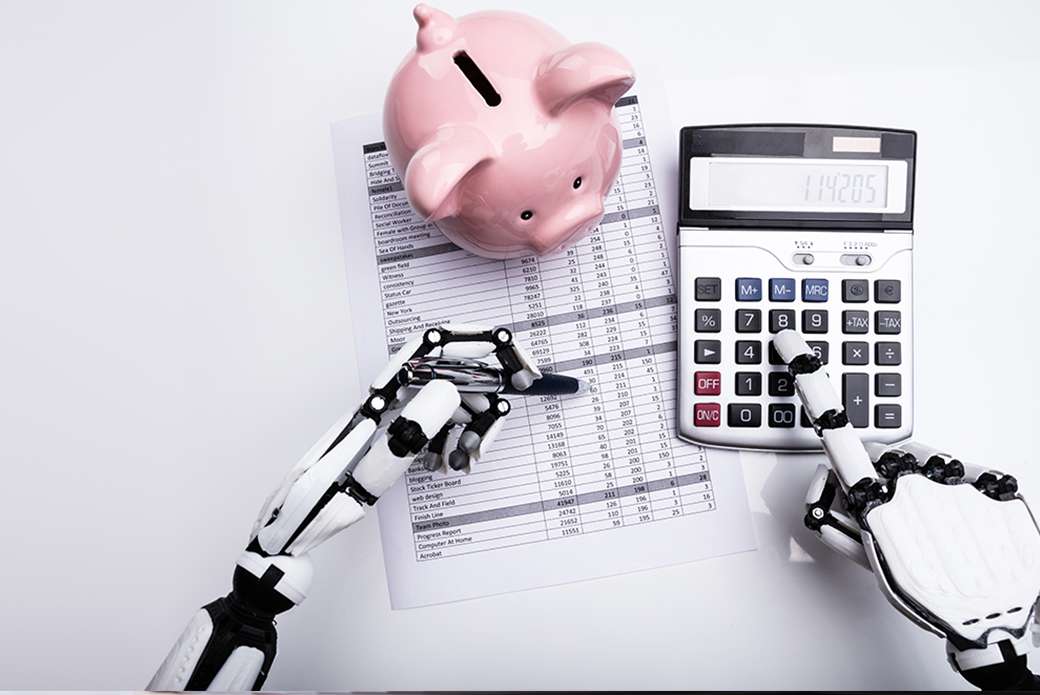- Blog
- Automate invoice and receipt processing with AI
Automate invoice and receipt processing with AI

In a world where process is everything, AP departments have traditionally been forced to employ a bloated system to handle invoice and receipt management. Creating paper invoices, matching purchase orders, endless filing – not to mention invoices being received by multiple means including mail, fax, email and carrier pigeon (OK, that last one may have petered out long ago). What is no joking matter though is the toll taken by invoice processing, with studies showing 60% of AP leaders feel lengthy approval times are their biggest challenge and that a manual invoice process can exceed 15 steps before a final posting is done.
Fortunately, help is at hand and it has come in the form of a technology that is using artificial intelligence (AI) and machine learning to streamline antiquated invoicing systems. With innovative accounting and finance leaders desperate to keep their competitive edge, automated invoice and receipt processing is the tech solution they have been waiting for.
What is Automated Invoice Processing?
Automated invoice processing is a game-changer, a revolution, a dream come true. It is also a method of using automation software to extract invoice data, populate that information in an accounts payable system and process invoice data. When done well, it saves considerable time, money and headaches for AP staff across the globe.
Given man walked on the moon more than 50 years ago, some people are justified in wondering why it has taken so long to develop a technology capable of tackling such a historically frustrating exercise. Well, there are a couple of reasons and the first is because invoices rarely come in a consistent template.
Automated invoice processing relies on a technology known as Optical Character Recognition (OCR), which converts typed images, scanned documents and handwritten text into machine-coded text. With every invoice unique, critical information such as dollar amounts or invoice numbers can be in different places on different documents so OCR does not know where to ‘look’ for the information.
Then there is the fact that invoices rarely arrive perfectly printed or cleanly scanned, making it hard for automation robots to read. Whether scanned at an angle or on a low-quality machine, such factors can create more confusion for the OCR and stop the automation dream in its tracks.
The good news is technology has evolved to the point where AI can now automatically determine the location of critical information even if the format changes or documents have not been scanned ‘perfectly’. In much the same way that humans can use their ‘smarts’ to identify and extract information, invoice and receipt AI is now capable of understanding real-world documents thanks to a combination of new technologies including:
- OCR – as defined above
- Smart Data Extraction – reads the information that OCR is able to capture and converts it into machine-coded text
- Machine Learning powered by AI – not only takes the data extracted and knows what to do with it next but the more you use it, the more it learns
- The Cloud – digitally houses all your files and documents in a secure and easily accessible location.
Automated invoice processing solutions are eliminating hours of manual data entry by employing data capture – aka invoice capture – which sees an invoice scanned and fed into the digital accounting system. The automated invoice processing software then converts the data into a text-searchable document, with that data extracted and mapped in the automated management system so it remembers which fields to capture and register in the ERP (enterprise resource planning) system. This may include supplier name, purchase amount and quantity, with invoices then routed to signatories for review and approval.
Benefits of Automated Invoice Processing
If you are looking for one fact to highlight why businesses are rushing to implement automated invoice processing software, it is hard to go past this finding from the Institute of Finance & Management (IOFM) – the average cost of processing an invoice in an environment with a low level of automation can be up to 20 times higher than in one with a high level of automation. Money talks and the ability to save crucial dollars by setting up more efficient systems is a key advantage of automated invoice processing.
Other benefits of automated invoice processing include:
- Up to an 80% reduction in a company’s procure-to-pay cycle
- Lower error rates as less manual entry mean less chances of mistakes
- Faster approvals due to a reduction in processing times
- Savings on labour costs and the ability for staff to dedicate more time to higher-value tasks
- A reduction in duplicate invoices and payments
- Improved management of vendor relationships with seamless access to invoice and payment history
- Less money spent on material associated with manual processing of invoices (eg: postage, paper, filing cabinets, storage space).
The Push to Automation
With literally hundreds of invoice processing applications on the market, there is no shortage of options for companies searching for tools to help restructure the way their accounts payable teams do business. The future undoubtedly lies with a world where invoice processing is no longer a time-consuming and repetitive back-office function but one that functions on speed, efficiency and increased accuracy.
Multiple studies have highlighted that AP staff are among the groups most keen to embrace automated invoice processing. This includes an IOFM Future of Accounts Payable study that revealed more than half of accounts payable practitioners believed their departments would eliminate most of the paper invoices it received from suppliers by 2021, with a further third anticipating a reduction of 25-50% of paper invoices.
The same study showed 63% of AP staff expected the use of their department’s data to increase “slightly” or “significantly”, with automated invoice processing allowing them to track cost and consumption metrics, gain visibility into working capital and spending, benchmark performance and identify new opportunities.
Crucially, AP team members are also won over by the prospect of spending less time on manual tasks and more time on value-added activities. Eliminating tedious steps such as invoice receipt and validation, matching of invoices and uploading information to an ERP and payment application is not only about reducing costs and improving efficiencies but helping create happier and more productive staff.
Summary
Automation is a buzzword across all industries these days and the reason for that is it achieves results. Cutting down on manual workload allows businesses to put more focus on what truly needs attention and it is no different when it comes to the often overwhelming world of invoice and receipt processing. With technology ever-evolving, the opportunity exists for savvy organisations to use automation to develop all-encompassing invoice solutions, with additional automated features such as supplier onboarding, tax compliance and global payments enabling end-to-end AP workflows.
It is no longer good enough to rely on traditional methods of invoice processing. They are not only antiquated. They are a threat to a company’s ability to grow at a time when growth has never been more important. Companies that have already embraced automated invoice processing have a sizable head-start on those yet to but it is never too late to make the transition and better position themselves for future success.
Creating a quality business case is crucial when pursuing a robotic process automation tool, this handy guide will help you tackle the what, when and how of gaining corporate blessing to turn your automation dreams into reality.

.jpg)
